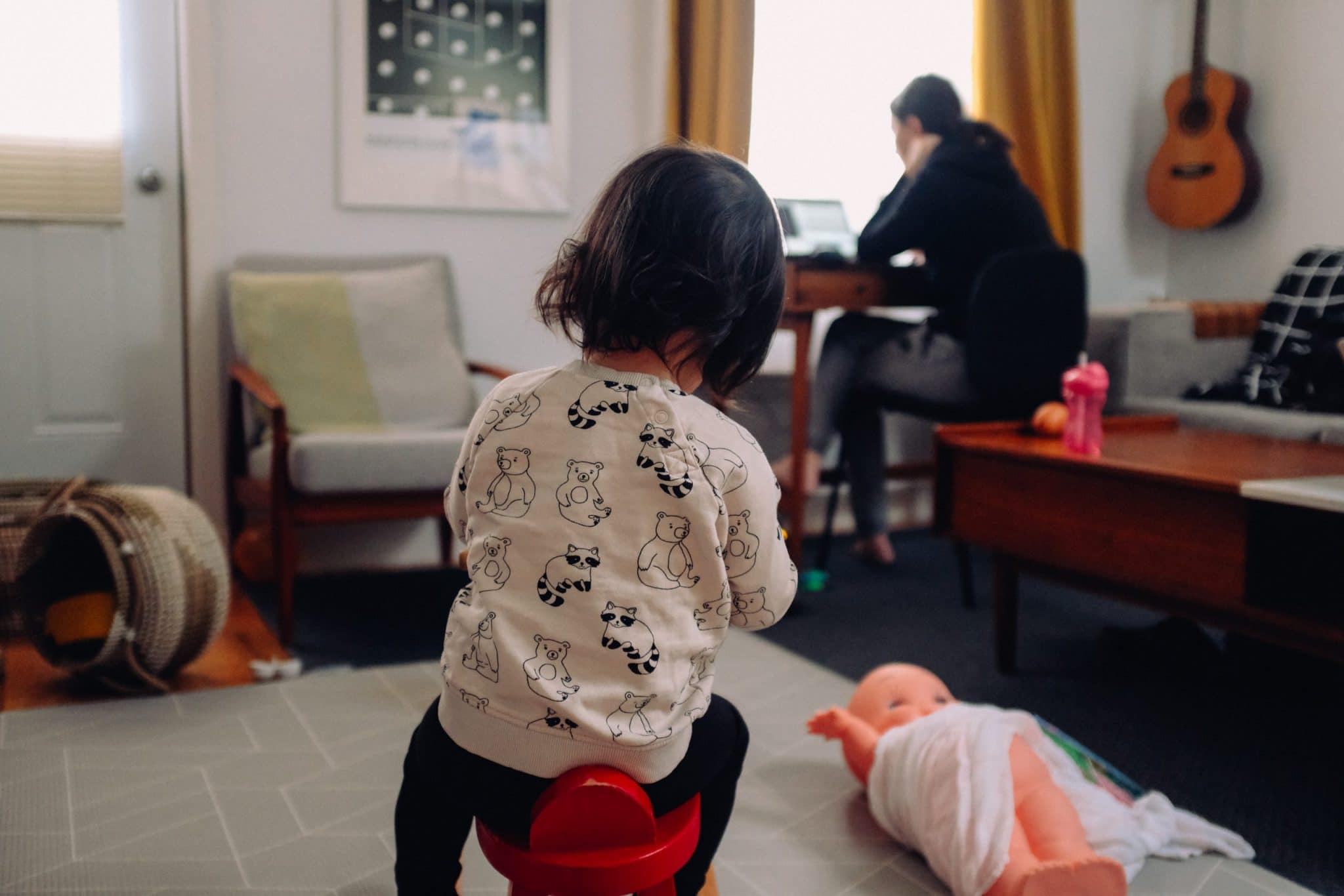As the coronavirus pandemic continues to evolve, one guideline that is likely to last beyond this year is social distancing. Employers have a responsibility to keep employees healthy and safe, and that duty is informing their return-to-work strategies. For instance, some organizations are keeping employees at home to work remotely for the foreseeable future. Other organizations are reconfiguring office layouts to lower capacity and considering safety measures like temperature checks and staggered shifts.
No matter what an organization decides, its initiatives should be true to the company’s mission and values. As employers deliberate on new policies or procedures in response to the pandemic, it’s important to consider how those efforts might impact company culture and vice versa.
A strong workplace culture doesn’t need an actual office to thrive. True culture is based on the values that unify the workplace and employees, regardless of physical location. The pandemic continues to prove this true for many organizations that have moved the workday online.
Staying Socially Connected
Social connectivity encourages camaraderie. Humans are social creatures who crave interaction. According to a PricewaterhouseCoopers survey, the number one reason employees go into the office is to collaborate with other team members.
Given this, it’s not likely for employees to immediately feel included in the workplace culture when they’re virtually working miles apart or forced to physically avoid co-workers.
So, how can employers support and cultivate collaboration in today’s socially distant workplace? Regardless of whether employees are working in the office or working from home, here are some ways to enhance workplace culture and connectivity amid social distancing:
- Embrace flexibility and ensure employees know their health and safety are top priorities. Continue to adapt, support employees and keep the lines of communication open.
- Facilitate collaboration by investing in resources such as video conferencing technology, project management tools and collaborative workspaces. The goal is to make it as easy to communicate as it was prior to the pandemic, ultimately improving employee productivity.
- Encourage video calls for teams or departments to regularly check in with each other. Start with once a week and increase if needed or desired by the group. Video will help employees feel connected by seeing their co-workers on a screen. The discussion doesn’t need to be project-related, but can be more of a check-in to see how people are doing—especially if they are working remotely and balancing other responsibilities. Check out our blog post on ways to improve virtual meetings.
- Schedule virtual social gatherings for employees to enjoy a cup of coffee, their lunch or a happy hour together. Keep these informal to preserve an organization’s sense of fun.
- Consider altering annual company events so they can still happen. Employees often look forward to companywide events, so it’s important to consider how to host them in a safe and engaging way.
Other Considerations
Organizations can design a workplace that encourages social distancing, but it must be paired with consistent policy enforcement. It’s impossible to control the actions of every employee who walks through the door or to expect desk layouts to fundamentally change people’s behavior.
As the pandemic continues, some Americans are reporting pandemic fatigue. That may lead to employees—consciously or unconsciously—disregarding workplace policies and acting less cautiously than they were at the pandemic’s onset. As a result, morale could be impacted if employees feel uncomfortable with co-workers’ behaviors in the workplace.
Today’s workplace will continue to evolve just as the pandemic does. To learn more about what the post-coronavirus workplace may look like, click here.
To learn more, contact us below and follow us on LinkedIn for more tips and industry news.

